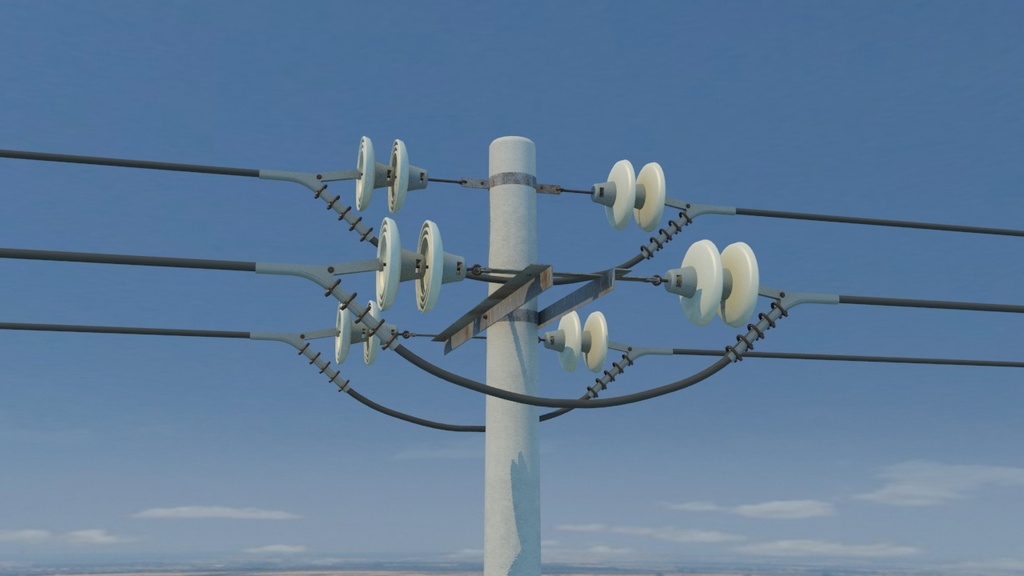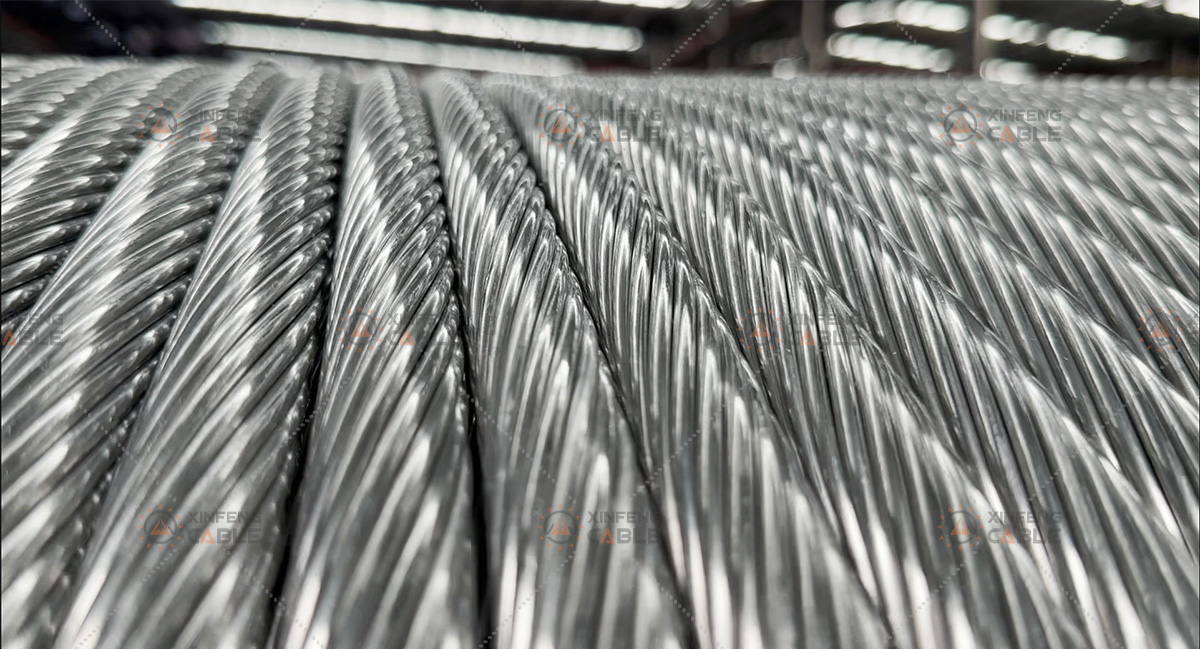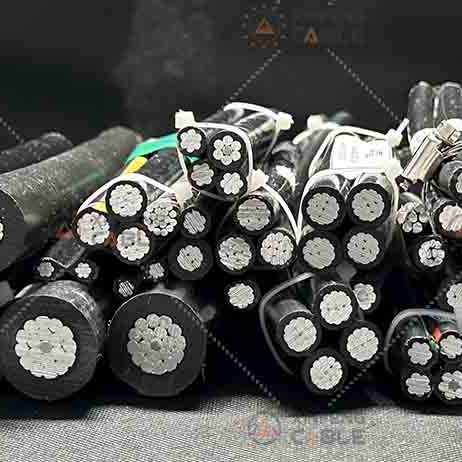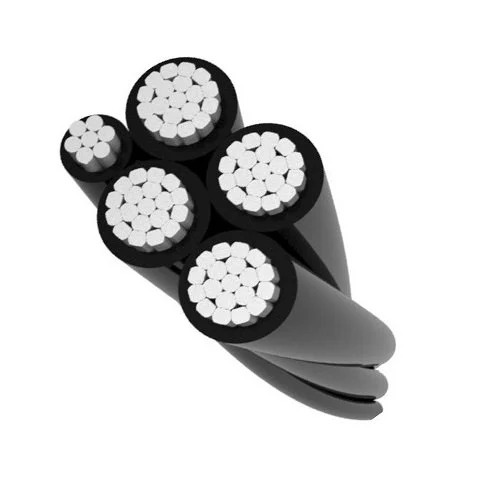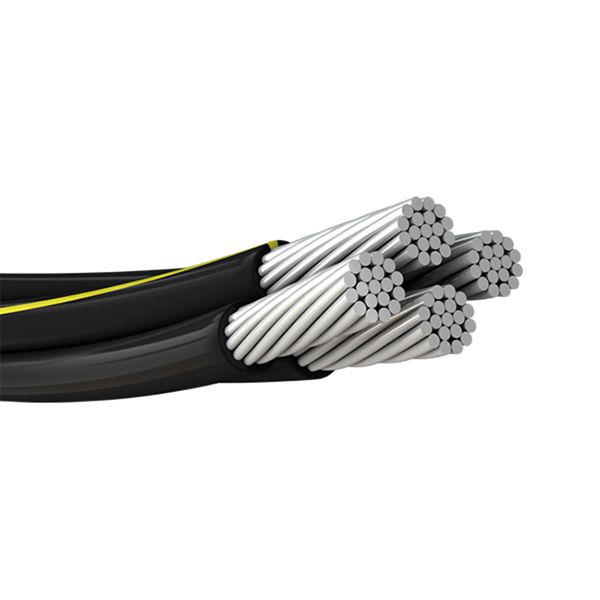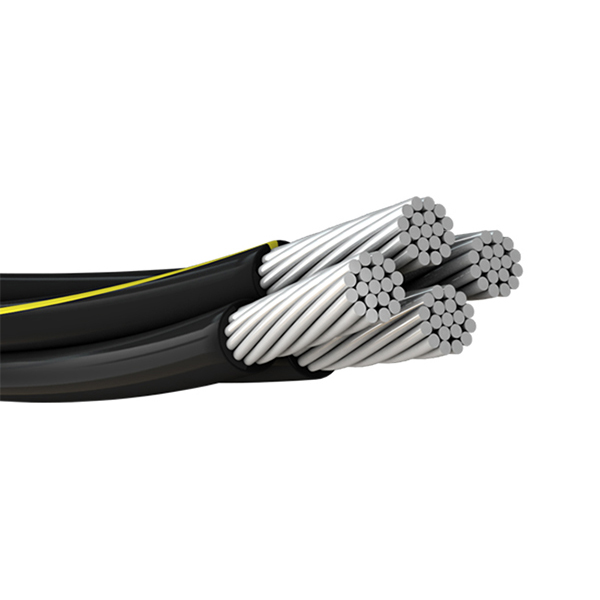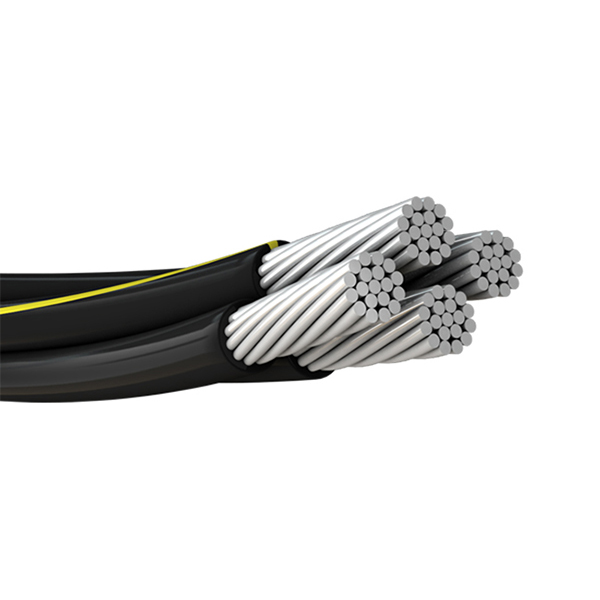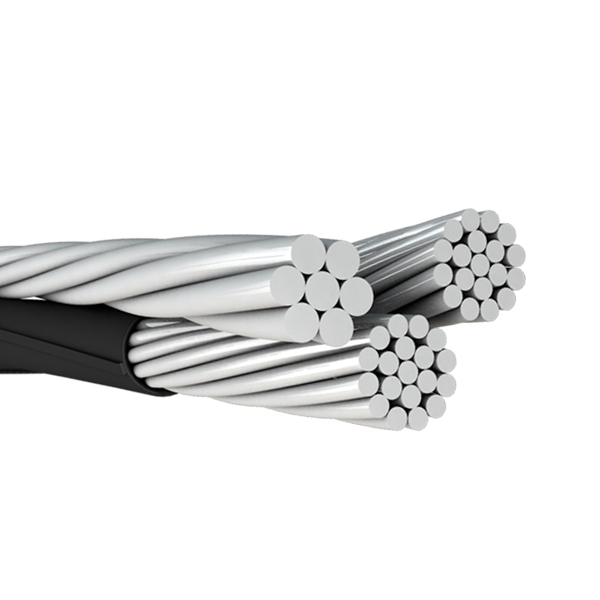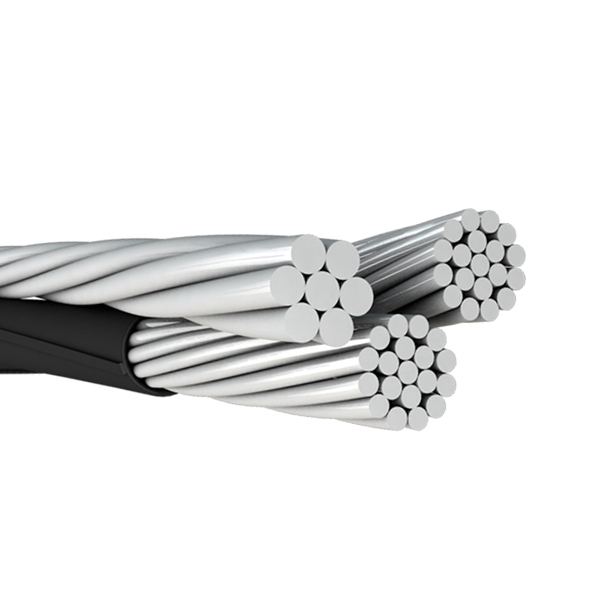What Aerial Cable do I Need

Choosing the right aerial cable is a crucial decision that impacts the efficiency, safety, and longevity of power transmission systems. In this comprehensive guide, we will delve into an extensive exploration of aerial cables, considering various factors such as voltage requirements, environmental conditions, conductor materials, and application-specific needs.
1. Understanding Voltage Requirements:
Aerial cables come in different voltage ratings, each suited for specific applications. Understanding the voltage requirements is fundamental to selecting the right cable.
1.1 Low Voltage (LV):
- Commonly used for residential and small-scale applications.
- Examples include AAC (All Aluminum Conductor) for local power distribution.
1.2 Medium Voltage (MV):
- Suitable for distribution networks.
- Consider AAAC (All Aluminum Alloy Conductor) for improved strength.
1.3 High Voltage (HV):
- Designed for long-distance transmission lines.
- ACSR (Aluminum Conductor Steel Reinforced) is often employed for its strength.
2. Environmental Considerations:
Environmental factors play a crucial role in the selection process, ensuring the cable can withstand various conditions.
2.1 UV Resistance:
- Cables exposed to sunlight require UV-resistant materials.
- Insulation types with UV protection, such as XLPE, are preferable.
2.2 Corrosion Resistance:
- Coastal areas or industrial environments necessitate corrosion-resistant coatings.
- ACAR (Aluminum Conductor Aluminum Alloy Reinforced) is corrosion-resistant.
3. Conductor Materials and Configurations:
The choice of conductor material impacts conductivity, weight, and mechanical strength.
3.1 Aluminum Conductors (AAC, AAAC):
- Lightweight and corrosion-resistant.
- Suitable for various applications, with AAAC providing enhanced strength.
3.2 Steel Reinforced Conductors (ACSR):
- Combines aluminum for conductivity and steel for strength.
- Ideal for high voltage transmission lines.
3.3 Aluminum Alloy Reinforced Conductors (ACAR):
- Blends aluminum with alloy reinforcement for improved mechanical properties.
- Suitable for long-span transmission lines.
3.4 Stranding Configurations:
- Compact configurations are suitable for constrained spaces.
- Stranded designs enhance flexibility and mechanical strength.
4. Insulation and Jacketing: Enhancing Cable Longevity and Performance
Insulation and jacketing are pivotal aspects of cable design, influencing not only the cable’s durability but also its overall performance under various conditions.
4.1 Standard PVC or XLPE: Choosing the Right Insulation
Insulation materials play a crucial role in safeguarding cables from environmental factors, ensuring longevity and optimal electrical performance.
4.1.1 Common Insulation Materials:
- PVC (Polyvinyl Chloride):
- Attributes: PVC is a widely used insulation material due to its cost-effectiveness and versatility.
- Applications: Suitable for low to medium voltage cables in various settings.
- XLPE (Cross-Linked Polyethylene):
- Attributes: XLPE offers enhanced thermal and chemical properties, ensuring better performance under high-stress conditions.
- Applications: XLPE is preferable for high voltage applications, providing improved insulation in demanding environments.
4.1.2 Considerations for High Voltage Applications:
In high voltage scenarios, the choice between PVC and XLPE becomes critical. XLPE’s superior thermal and chemical resistance make it the preferred choice for cables subjected to higher stress levels.
5. Application-Specific Cables: Tailoring Solutions for Varied Needs
The diversity of applications necessitates the existence of specialized cables, each designed to meet specific requirements.
5.1 Service Drop Cables: Bridging the Last Mile
Service drop cables play a vital role in the final stretch of power delivery, connecting the distribution network to individual customer premises.
5.1.1 Characteristics:
- Configurations: Typically designed as single or duplex cables.
- Insulation: Often insulated to ensure safety during installation and maintenance.
5.1.2 Applications:
- Residential: Service drop cables facilitate the connection of individual homes to the power grid.
5.2 Triplex and Quadruplex Cables: Versatility in Complexity
Triplex and quadruplex cables provide solutions for applications requiring multiple conductors, catering to diverse power distribution needs.
5.2.1 Triplex Cables:
- Configuration: Consists of three conductors bundled together.
- Applications: Ideal for scenarios where three-phase power distribution is required.
5.2.2 Quadruplex Cables:
- Configuration: Features four conductors.
- Applications: Suited for more complex power distribution needs, accommodating multiple phases and functions.
6. Regulatory Compliance: Ensuring Safety and Reliability
Regulatory standards form the backbone of cable design and manufacturing, ensuring that products meet essential safety and performance criteria.
6.1 National and International Standards: Upholding Quality and Safety
Adherence to national and international standards is paramount for the reliability and safety of cables in diverse applications.
6.1.1 National Standards:
- Country-Specific Regulations: Cables must comply with regulations set by the country of use.
- Certification: Seek products certified by relevant national regulatory bodies.
6.1.2 International Standards:
- IEC (International Electrotechnical Commission): A global standard-setting body for electrical and electronic technologies.
- Harmonization: Ensures uniformity and interoperability of products across borders.
7. Sag and Tension Considerations: Ensuring Proper Cable Installation
Proper cable installation involves a nuanced understanding of sag characteristics, which play a pivotal role in maintaining the structural integrity and functionality of overhead cables.
7.1 Sag Calculations: Precision in Installation
Sag calculations are fundamental for determining the optimal installation height and tension levels in overhead cables. The considerations should align with the span length to achieve the best balance between cable tension and structural stability.
7.1.1 Factors Influencing Sag:
- Temperature Fluctuations: Sag varies with temperature changes, emphasizing the need for dynamic calculations.
- Wind Loading: Wind-induced forces impact sag, necessitating adjustments for varying wind conditions.
- Conductor Material: Different materials exhibit unique sag characteristics, influencing the overall installation strategy.
7.1.2 Optimal Sag Management:
- Dynamic Adjustments: Real-time monitoring and adjustments to sag levels based on environmental factors.
- Tensioning Techniques: Utilize appropriate tensioning techniques during installation to achieve desired sag levels.
8. Smart Grid Compatibility: Embracing Future-Ready Solutions
In an era of technological advancement, the integration of aerial cables with smart grid technologies is a progressive step towards enhancing monitoring, control, and overall efficiency in power distribution systems.
8.1 Compatibility: Choosing Future-Ready Cables
Smart grid compatibility is no longer a luxury but a necessity for modern power distribution networks. Selecting cables that seamlessly integrate with smart grid technologies positions infrastructure for future advancements.
8.1.1 Key Considerations:
- Communication Protocols: Ensure cables support relevant communication protocols for data exchange within smart grids.
- Sensor Integration: Smart cables may include sensors for real-time monitoring of temperature, load, and other vital parameters.
- Interoperability: Compatibility with a variety of smart grid devices and systems for holistic integration.
8.1.2 Benefits of Smart Grid-Ready Cables:
- Real-Time Monitoring: Enhance grid reliability through continuous monitoring of cable health and performance.
- Remote Diagnostics: Diagnose and address issues remotely, reducing downtime and maintenance costs.
- Load Management: Optimize load distribution for improved energy efficiency.
9. Cost Considerations: Striking the Balance Between Quality and Affordability
While technical specifications are paramount, cost considerations are equally crucial. Achieving a balance between performance and budget constraints ensures cost-effective solutions without compromising quality.
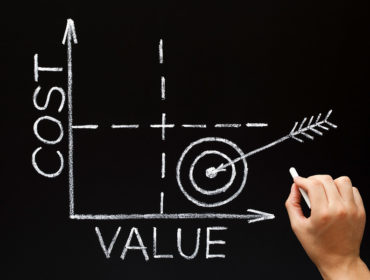
9.1 Budget Constraints: Evaluating Total Cost of Ownership
Effective cable solutions consider the total cost of ownership, encompassing not just the initial investment but also factors like maintenance, longevity, and operational efficiency.
9.1.1 Total Cost of Ownership Analysis:
- Installation Costs: Consideration of labor, equipment, and other installation-related expenses.
- Maintenance Costs: Assess the expected maintenance requirements over the cable’s lifespan.
- Operational Efficiency: Evaluate how the cable’s design contributes to overall system efficiency.
9.1.2 Long-Term Value:
- Reliability: High-quality cables often translate into lower maintenance costs and reduced downtime.
- Efficiency: Cables that contribute to a more efficient power distribution system may lead to long-term savings.
10. Best Aerial Cable suppliers recommended
By considering these factors, you can make an informed decision when choosing aerial cables for your project, ensuring they meet the specific requirements and contribute to a reliable and efficient power distribution system. Choosing the right aerial cable is a critical decision for any project, and as a professional cable manufacturer, Xinfeng understands the importance of providing reliable and efficient solutions.
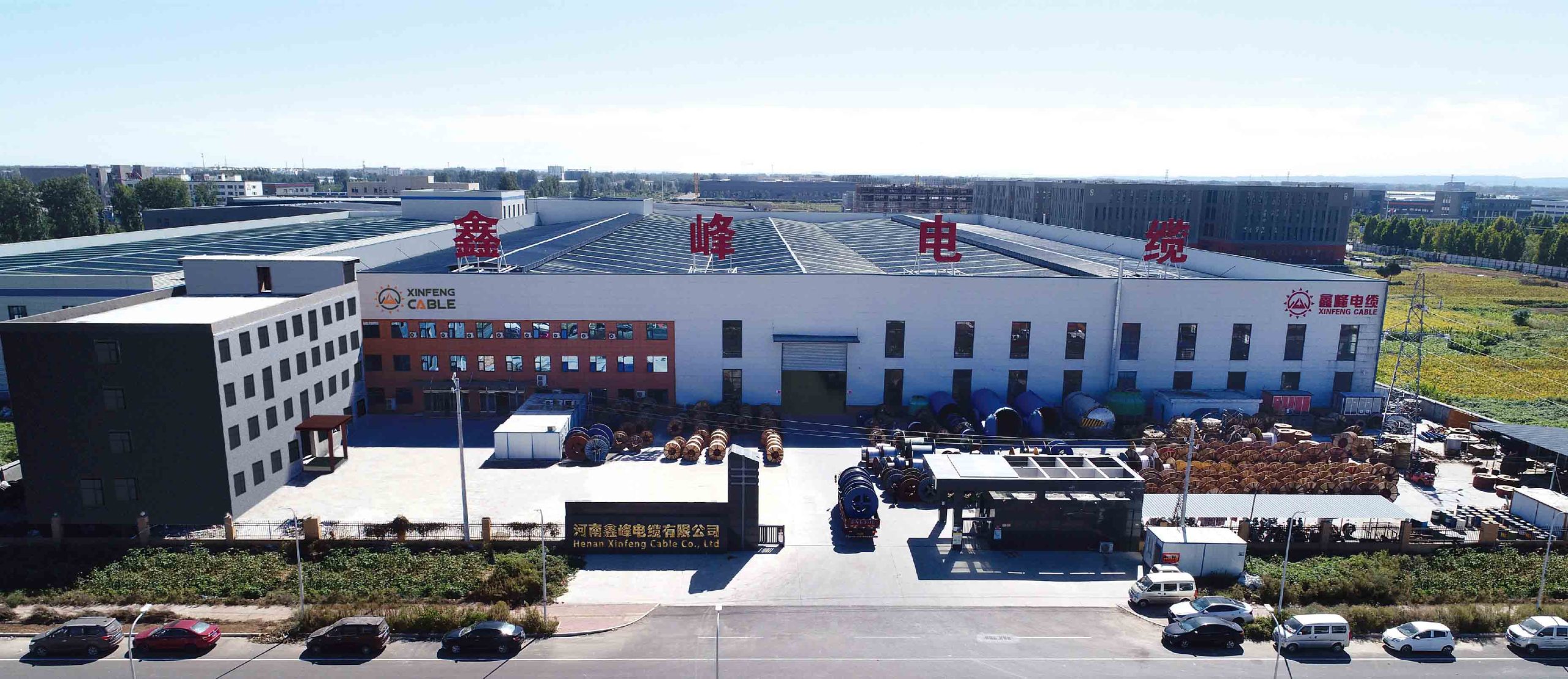
Please contact Xinfeng Cable for the best decision:
- 5/F, Building 5, New Development Kinner Smart Plaza, Zhengzhou City, China
- No.9, Wuqiao Road, Qiaomiao Town, Wuzhi County,Jiaozuo City,China
- +86 371 6505 3833
- + 86 1 3333 8683 99
- sales@xinfengcable.com

